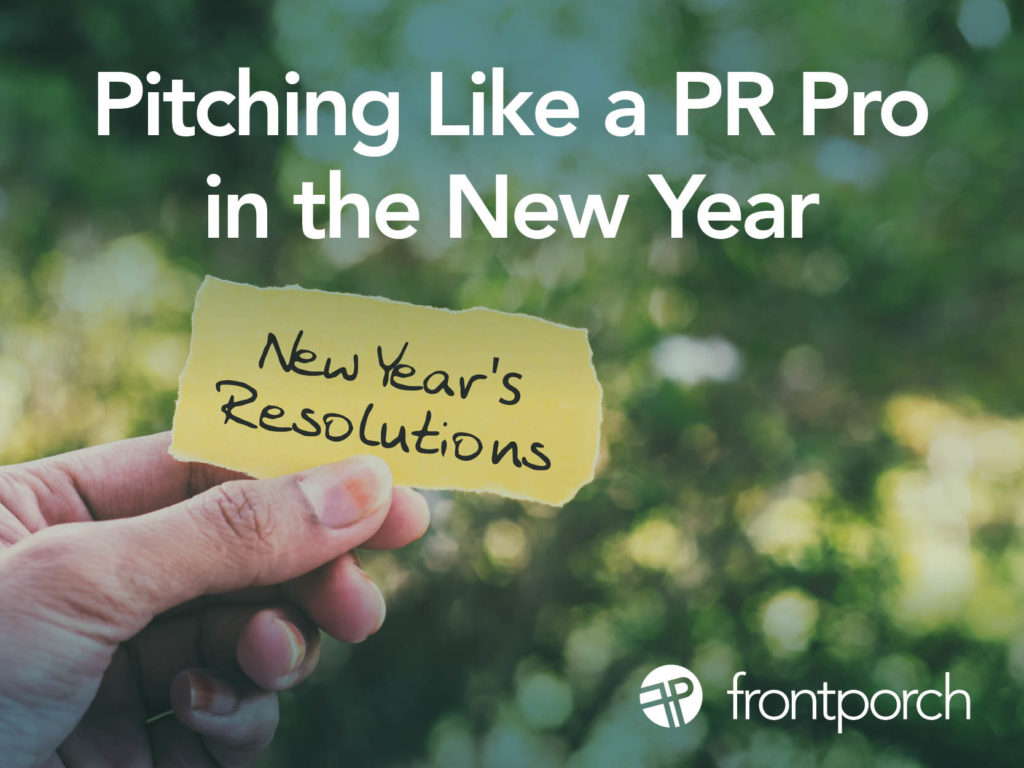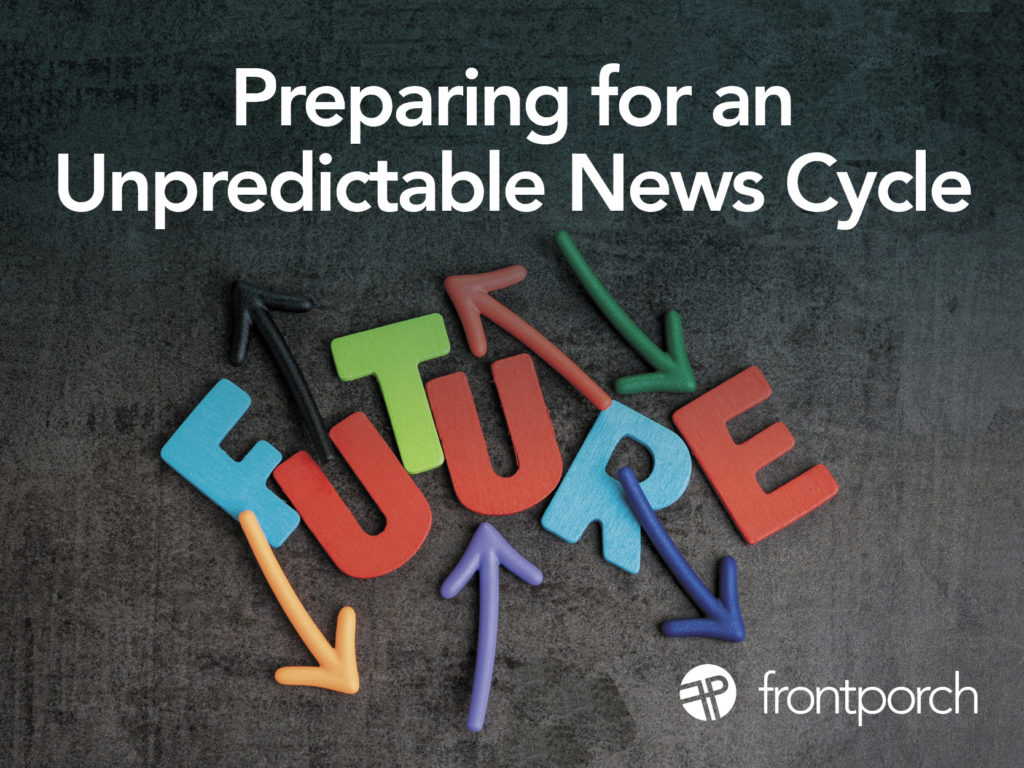
Crafting an effective media pitch is both an art and a science. Whether you’re a seasoned PR professional or just starting to build media relationships, your pitch can be the difference between securing valuable coverage or getting lost in the shuffle of a journalist’s inbox. Below, we break down the essential steps for writing a media pitch that captures attention and gets results.
Step 1: Verify the Newsworthiness and Accuracy of the Media Pitch
Before you even begin writing, take a step back and ask yourself: Why is this news important right now? Media professionals receive hundreds of pitches daily, and the ones they choose to cover must be timely, relevant, and impactful.
- Make it newsworthy: Review current trends and hot topics in the news cycle. Your pitch should connect to something relevant—whether it’s an emerging trend, industry shift, or a human-interest angle.
- Back it up with facts: Every claim you make in your pitch should be verifiable. Always attribute statistics, quotes, or data to credible sources. This not only builds trust but also saves the journalist time fact-checking.
Step 2: Write a Concise and Compelling Subject Line for Your Pitch
Think of your subject line as the headline of a news article. It needs to grab attention immediately or risk being ignored.
- Be brief: Keep it under 60 characters to avoid being cut off, especially on mobile devices. Journalists scan their inboxes quickly, so clarity is key.
- Avoid jargon: Use simple, clear language that anyone can understand, even if the topic is technical.
- Highlight news value: What’s in it for the journalist and their audience? Make that clear upfront.
Example:
“New Study Reveals 60% of Consumers Prefer Eco-Friendly Packaging”
Step 3: Capture the Journalist’s Interest in the First Line
Once your subject line convinces them to open the email, the first line of your pitch needs to keep their attention.
- Get to the point: You only have about 9 seconds on average before the reader moves on. Hook them with a compelling statement or question that piques their curiosity.
- Preview the story: Offer a quick snapshot of why this media pitch is relevant and why it matters to their audience.
Example:
“Imagine reducing your company’s carbon footprint by 50% — without increasing costs. Our new report shows how businesses are doing just that.”
Step 4: Identify and Target the Right Media Contacts
Even the best pitch will fall flat if it lands in the wrong inbox. Targeting is crucial.
- Do your homework: Build a media list of journalists, bloggers, podcast hosts, and influencers who cover your industry or niche. Look for people who have previously written about topics similar to your pitch.
- Personalize your outreach: Address the journalist by name and reference their recent work when appropriate. A tailored media pitch shows respect for their time and increases your chances of a response.
- Avoid general email addresses: Sending pitches to info@ or editor@ email addresses is rarely effective. Find the specific contact who covers your subject area.
Final Thoughts on Crafting a Winning Media Pitch
Writing an effective media pitch requires a blend of strategy, empathy, and precision. By ensuring your story is newsworthy, crafting a sharp subject line, engaging your reader right away, and sending it to the right person, you set the stage for successful media coverage.
Remember: Journalists are looking for stories that will engage their audiences. The more value and relevance you offer them, the more likely they are to say “yes.”






